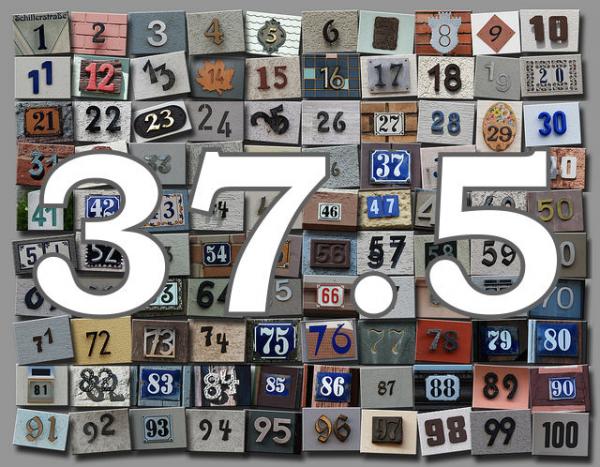Essay: What A Teacher Score Doesn’t Tell Us
I finally know my worth as a teacher—and now that the “value-added model” scores mandated by our state legislature are public, everyone else knows, too.
I’m a 37.5.
But, I have no idea what that number means.
Along with my 37.5, I was told I’m “highly effective” and given a $230 bonus. In case you’re wondering, that’s about half what the average teacher spends of his or her own money on school supplies per year.
Even though I don’t understand my 37.5, I do know a lot more about than I did last year about value-added formulas. I left the classroom and I’m currently in a doctoral program in education.
I have access to many of the statisticians who create these kinds of models for their research. The funny thing is, many of these experts say that the formulas shouldn’t be used to make decisions about teacher performance—the very thing we’re using them for.
That’s right: Many researchers think value-added models can’t accurately measure a teacher’s performance in one year. And studies have shown that the same teacher may get a high score one year and a low score the next, and that neither number may actually tell us much about their teaching.
Experts be damned, the legislature has gone forward anyway.
I understand their motivation because ultimately I believe we want the same thing: good teachers for all of our children.
But we need to recognize that achieving this requires both rewarding effective teachers to keep them in the profession and helping struggling teachers improve. A single number score accomplishes neither of these goals.
My 37.5 doesn’t tell me how I can continue to grow professionally, nor does it tell me how I could help a “less effective” teacher improve. It’s simply a recipe for anxiety, anger, and shame.
There are effective ways to monitor teachers. One of my former principals at Miami Northwestern Senior High, Dr. Steve Gallon, peeked into our classrooms almost every day to see what was going on. He could see the ups and downs every teacher has, and he was able to praise us on our good days and help us on our bad ones. That was much more useful to me than my 37.5.
But we’re not focusing on what’s actually happening in classrooms. Instead, our legislature has decided to use value-added models as a way to hold teachers accountable for what we perceive to be the underperformance of our children.
If we really want to talk about accountability and who’s responsible for how our children are doing, we may want to look at ourselves.
We’re drastically reducing funding for libraries, slashing parks and after-school programs, and cutting the arts in our schools.
Instead of providing the kinds of resources that have been shown time and time again to be beneficial for children, we’ve decided to focus negative attention on teachers—the very people who have actually dedicated their lives to working with kids.
Is this how we repay them for showing the commitment to children that we, as a community, don’t seem to have?
Shame on us.
Jeremy Glazer is a former Miami-Dade school teacher. He’s working on a doctorate in education at Stanford University.



